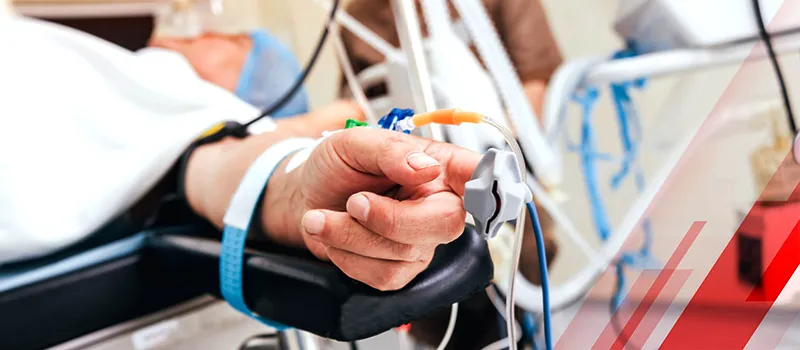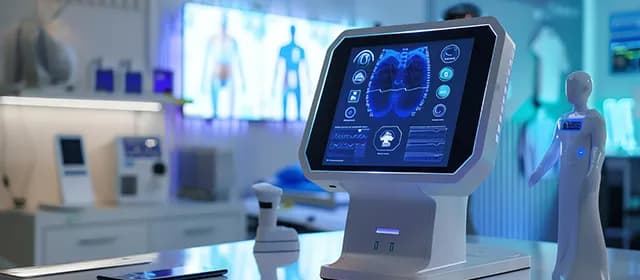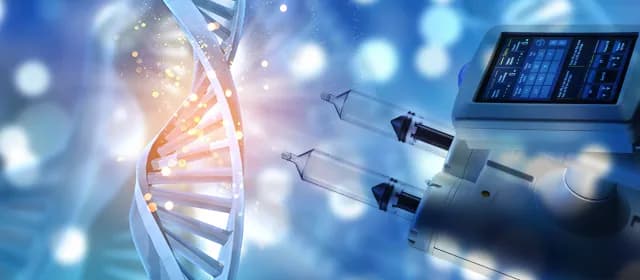Catheters are medical devices used for various purposes, from draining urine to delivering medication and monitoring vital signs. They are essential for patient care, but they can present challenges when not properly secured. Catheter stabilization devices play a crucial role in ensuring the stability and safety of catheters during medical procedures.
Catheterization is a common medical procedure that involves the insertion of a thin, flexible tube (catheter) into a patient's body to either remove or introduce fluids. Catheters are used in various medical settings, from hospitals and clinics to home care. Proper placement and maintenance are essential for patient comfort and safety.
In this comprehensive guide, we will delve into everything you need to know about catheter stabilization devices, their types, uses, benefits, and how they enhance patient care.
Why Does Catheter Stabilization Matter?
Catheter stabilization devices are essential for several reasons. Some of them are:
- Patient Comfort: Securely anchored catheters reduce patient discomfort and minimize the risk of dislodgement, which can cause pain and complications.
- Infection Prevention: Proper stabilization minimizes the movement of catheters, reducing the risk of introducing bacteria into the body.
- Accurate Monitoring: Stable catheters ensure accurate measurement and monitoring of vital signs and fluid levels, improving patient care.
According to a recent report published by Kings Research, the global catheter stabilization devices market is expected to be valued at USD 2.20 billion by 2030. This staggering growth is indicative of positive market growth.
Types of Catheter Stabilization Devices
There is a wide range of catheter stabilization devices available, each designed to meet specific needs and medical contexts. A few of them are:
- StatLocks: StatLock catheter stabilization devices secure catheters in place using an adhesive base. They are commonly used for intravenous (IV) catheters and are easy to apply and remove.
- Catheter Straps: Catheter straps are flexible, adjustable bands that wrap around the patient's body or limb to secure catheters. They are often used for urinary catheters and are comfortable and reusable.
- Catheter Clamps: These devices, also known as catheter holders, are designed to hold catheters in place by clamping onto bed rails, IV poles, or other support structures. They are suitable for use in critical care and surgical settings.
- Tape and Dressings: Medical tape and dressings are a basic yet effective means of securing catheters. They are widely used and can be customized to the patient's specific needs.
- Tape-Free Stabilization Devices: These innovative devices eliminate the need for adhesive tape, reducing the risk of skin irritation and allergies. They offer secure catheter stabilization without compromising patient comfort.
Uses of Catheter Stabilization Devices
Catheter stabilization devices find applications in various medical procedures, including:
- Intravenous Therapy: Securing IV catheters in place ensures that medications and fluids are delivered accurately and safely.
- Urinary Catheterization: Properly stabilized urinary catheters help manage bladder issues, maintain patient comfort, and reduce the risk of urinary tract infections.
- Central Venous Catheterization: Stabilization devices are crucial for central venous catheters, which are used for the long-term administration of medications, parenteral nutrition, and hemodialysis.
- Pediatric Care: Catheter stabilization is particularly important in pediatric settings, as children tend to be more active, increasing the risk of dislodgement.
- Surgical Procedures: During surgeries, secure catheter placement is vital for monitoring the patient's condition and delivering anesthetics or medications.
Benefits of Catheter Stabilization Devices
Catheter stabilization devices offer several advantages such as:
- Reduced Discomfort: Patients experience less discomfort when catheters remain securely in place.
- Minimized Infection Risk: Stable catheters are less likely to introduce infection-causing bacteria.
- Enhanced Mobility: Patients can move more freely without worrying about catheter displacement.
- Accurate Monitoring: Stable catheters provide precise measurements and vital sign monitoring.
- Cost-Efficiency: Properly secured catheters reduce the need for catheter reinsertion, lowering healthcare costs.
Considerations When Choosing Catheter Stabilization Devices
When selecting a catheter stabilization device, consider the following factors:
- Patient Needs: The type of catheter and the patient's specific condition influence the choice of stabilization device.
- Adhesive Sensitivity: Some patients may be sensitive to adhesives, so tape-free options are preferred.
- Ease of Application: The device should be easy for medical professionals to apply and remove.
- Infection Control: Consider devices that minimize the risk of infection.
- Cost and Reusability: Assess the overall cost of the device, including any reusable components.
In a Nutshell
Catheter stabilization devices play a vital role in ensuring the safety, comfort, and effectiveness of catheterization procedures. Understanding the types, uses, benefits, and considerations of these devices is crucial for healthcare professionals and patients alike.
With the right catheter stabilization device, patients can experience improved care and outcomes, while healthcare providers can enhance the quality of their services. By prioritizing the proper stabilization of catheters, we can make medical procedures more comfortable and safer for all patients.


.webp&w=3840&q=75&dpl=dpl_56K6QShhC9wZXpDPpsYZsVak7UVB)

